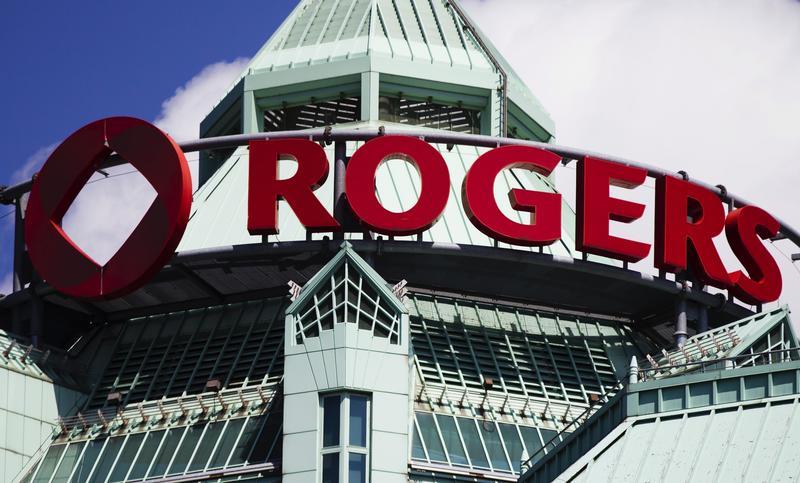It appears the Competition Bureau is not happy with the penalty levied by an Ontario court on Rogers Communications.

Last Friday, Rogers Communications Inc.
was ordered to pay $500,000 by an Ontario court which said Canada’s largest wireless company did not conduct adequate tests to back up a claim that its Chatr discount brand had better coverage than rivals.
The Ontario Superior Court ruling was reached on Friday and disclosed on Monday by Canada’s Competition Bureau. The bureau had been pushing for the maximum fine under the administrative monetary penalties of between $5 and 7 million to the maximum of $10 million and restitution to consumers.
The Competition Bureau said it was considering whether to challenge the penalty for being too low, and also the court’s decision not to issue an order prohibiting similar advertising in future.
However, observers say it appears the court did its duty in evaluating what the true damage was in determining an appropriate penalty.
“The court took a measured and considered approach to evaluating the fine based on consumer harm. There wasn’t any real consumer harm and Rogers had a history of compliance. The fines set for misleading advertising is not just a rubber stamp for courts to apply the maximum in all cases,” says Steve Szentesi, a competition and regulatory lawyer based in Vancouver.
The court had
earlier dismissed Competition Bureau claims that Rogers had used misleading advertising to promote Chatr, which Rogers launched several years ago to fend off new entrants such as Wind Mobile.
Last August, th court upheld the constitutionality of the Competition Act’s misleading advertising and administrative monetary penalty provisions, but dismissed most of the Commissioner of Competition’s case against Chatr Wireless Inc. and its parent Rogers.
The court ruled the comparative advertising run by Chatr was not false or misleading, but that in certain markets the company had failed to perform adequate and proper testing to support these claims prior to running the ads.
The latest ruling found Rogers did not conduct enough testing to make the claims that customers on Chatr suffered fewer dropped calls than those using new wireless carriers.
“It’s a reminder that performance claims need to be substantiated before they’re made,” says Szentesi.
Rogers was represented on the case by Davies Ward Phillips & Vineberg LLP.
“The central allegation in this case throughout was that of Chatr’s false or misleading advertising. The bureau lost completely on that and the only finding was the timing of the testing conducted in 2010, which explains why the fine imposed was as modest as it was and why the court refused to issue a prohibition order against Rogers,” says Kent Thomson, Davies’ head of litigation.
A Blake Cassels & Graydon LLP Bulletin states the outcome “. . . should serve as a warning for large companies considering engaging in comparative or performance advertising without conducting adequate and proper testing, since even if the claims ultimately prove true, the risk that they might not is still actionable under the Competition Act.”
Rogers said it was pleased the court had ruled its ads were not misleading and sharply reduced the fine from what the watchdog had recommended.
“The court found that virtually every allegation made was false and unfounded,” Rogers said in a statement.
It said testing to verify the ads’ claims were conducted, but that some positive results were not available right at launch.
There is a list of factors in the Competition Act that the courts are supposed to consider when determining the penalty including consumer harm.
“I think the court evaluated where the fine should be on that spectrum of factors,” says Szentesi.
With files from Reuters

 Last Friday, Rogers Communications Inc. was ordered to pay $500,000 by an Ontario court which said Canada’s largest wireless company did not conduct adequate tests to back up a claim that its Chatr discount brand had better coverage than rivals.
Last Friday, Rogers Communications Inc. was ordered to pay $500,000 by an Ontario court which said Canada’s largest wireless company did not conduct adequate tests to back up a claim that its Chatr discount brand had better coverage than rivals.